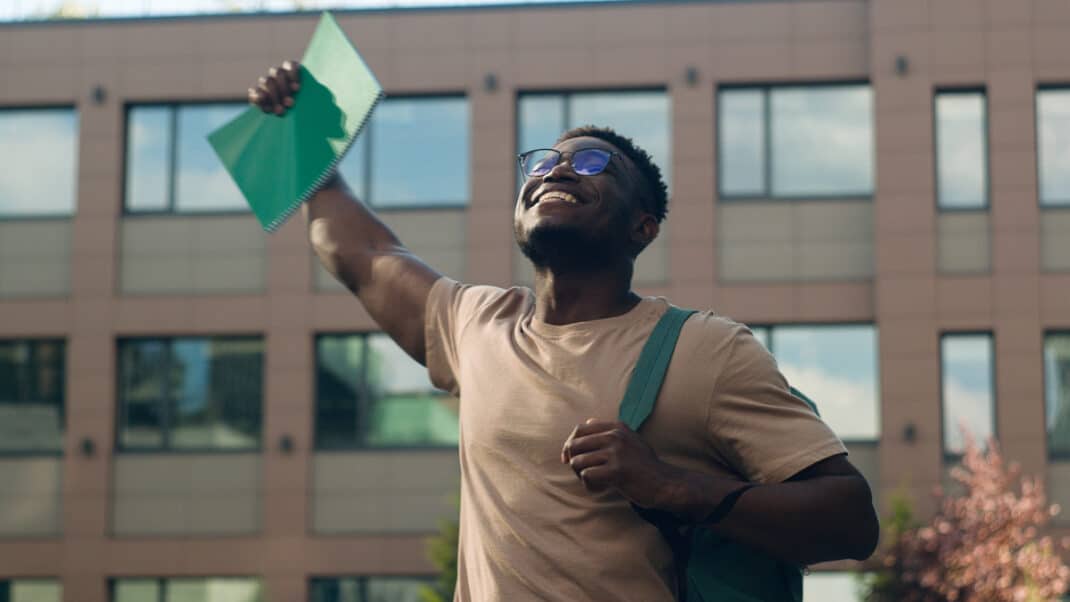Tips for Teaching a Special-Needs Participant
Have a game plan ready for when a disabled person comes to class.
Has this ever happened to you? You’re all set to teach. Your music is ready, and you’ve done your sound check. The lighting is perfect, and the regulars take their places, be it for indoor cycling, yoga or boot camp. Then, in walks a new person. “Great,” you think. “I’ll greet her and hope she falls into place with relative ease.” But what you don’t expect is that she is not only new but uniquely challenged in a way you’ve never encountered. Perhaps she is deaf, or visually impaired, or has some other mental or physical challenge. Now what?
Do you think this scenario will never happen to you? Think again. According to the National Institute on Deafness and Other Communication Disorders (2008), approximately 36 million American adults have some degree of hearing loss, yet only 1 in every 5 of those who could benefit from a hearing aid actually wears one. In 2006, the National Health Interview Survey found that there were more than 20 million Americans with significant vision loss (American Foundation for the Blind 2008). Overall, the National Institute on Disability and Rehabilitation Research (1996) recognizes nearly 1 in 5 noninstitutionalized people in the United States (totaling 48.9 million people) as having some degree of disability or challenge that affects at least one aspect of their lifestyle. It is very realistic to expect that over the course of your career as a group fitness instructor you will have the opportunity to welcome people, not only of different fitness levels, but also with different physical abilities.
“Great,” you say again. “Different fitness and skill levels, as well as unique challenges? How am I supposed to be a teacher to everyone?” Cephus Primo Jones, creator of Faith Yoga for the blind in Florida, says, “Many places cannot financially provide the facilities with the resources to mainstream every special-needs person or to provide separate classes for them. It’s cost-prohibitive. So the facility or teacher should not feel any guilt turning someone away. It’s not an instructor’s job to be everything to everyone. We provide what we can, when we can, for whom we can.”
Given this, knowing how to do what you can is key to making fitness a viable choice for anyone pursuing a healthy lifestyle, regardless of his abilities and limitations.
The Person in Front of You
When faced with a participant who has a special need, it is first and foremost important to consider the whole person and not just the apparent (or sometimes not apparent) disability. Recognize that physical and mental challenges can be isolating. This is often why people with similar abilities and challenges migrate toward one another. Contrasting with the sense of isolation is the hyperfocus that can occur in mainstream settings, as efforts are made to accommodate the person’s needs. Be open to the notion that you have an opportunity to make a lasting impression by empowering a “differently abled” person who may feel that she cannot participate.
Remember that you also owe it to your other class participants to offer the type of class they expect based on the information on the schedule. Recognize when you cannot accommodate someone with special needs. It is reasonable for you as the instructor to ascertain whether the class is appropriate and safe for a participant. In an ideal world, the person would inform you of his desire to join and apprise you of his special needs so you could be prepared. More likely, however, he will simply show up.
Whoever it is, the same question applies: “What do I need to know about you before we start?” Retaining authority in the class is vital. If you are unsure what he needs and have to get the class going, suggest that he observe this first session (or listen in, if he has a visual impairment), and when everyone leaves, discuss how to make the class accessible. Your regulars will appreciate getting what they came for without losing your attention to the needs of a single person.
Acceptance
Begins With You
Family members and advocacy groups are a great place to start if you have a returning participant with a particular need. Don’t be afraid to ask the attendee questions about lighting, music volume or microphone quality, and to find out her preferred placement in class. Does she want to be close to you, or perhaps near a wall?
Jim McLaughlin has a sedentary job and is concerned about his health. He reminds us to consider that older participants (he is 68 years old) constitute a special population who “are not as flexible, strong or resilient as participants in their 20s and 30s.” Reflecting on a beginning yoga class he took in recent years, he says, “The instructor really pushed me beyond my comfort zone for that first class. I never went back. I tried again this past year and had the same experience. This time I didn’t even finish the class. I left.” The ultimate goal of inclusiveness is to help a new participant feel safe and welcome enough to return and reap the benefits of a sustained exercise program.
Theressa Dubois, chief executive officer for the Deaf Welcome Center in Pennsylvania, points out, “The best thing a group fitness instructor can do to ensure a deaf person has a positive experience is to be hospitable, kind and accommodating. Find out what motivated the deaf participant to join the class.”
Fred Hoffman, MEd, 2007 IDEA Fitness Instructor of the Year, reminisces about a valuable lesson he learned when he discovered that one of his participants was deaf. “I was teaching a high-low class and saw someone making mistakes and not always moving on the beat. I directed some cues and suggestions toward him and sometimes had to repeat them. At the end of class, he came up to me and explained that he was completely deaf and that was why he wasn’t following or staying on the beat.”
Hoffman went on to apologize and ask if there was anything he could do to make the person’s experience better. “The client assured me that he was having a great time and getting a good workout. Interestingly, his deafness became a nonissue and was never an issue for other participants. Basically, I was the one who was bothered.”
Recognize that the true limitation might be yours rather than the participant’s. This will go a long way toward breaking down barriers.
Tips for the Instructor
The special-needs participant in front of you is like no other person and should not be defined by her disability, but rather by her desire to take part and be included. Her needs are as uniquely individual as she is. Following are some tips to guide you:
- Mention the names of anyone in the conversation when talking to a visually impaired person, or write information such as your name for someone who is hearing impaired.
- Adjust the volume, lighting and your proximity as appropriate when speaking directly to a person with special needs.
- In a group setting, be prepared to lower your performance expectations and recognize that the person with special needs is getting the safe workout he came for.
- Take the time to give the person extra information—such as schedule changes (room, time, etc.), sub announcements and emergency directions—that she might miss when you address the group as a whole.
Success for most people comes from practice. If you have a mixed-ability class, keep routines predictable—constant change can be confusing for everyone, not only those who don’t have access to your visual or auditory cues.
References
National Institute on Deafness and Other Communication Disorders. Quick statistics. www.nidcd.nih.gov/health
/statistics/quick.htm; retrieved Aug. 23, 2009.
National Institute on Disability and Rehabilitation Research. 1996. Chartbook on Disability in the U.S. www.infouse.com/disabilitydata/disability/1_1.php; retrieved Aug. 26, 2009.





